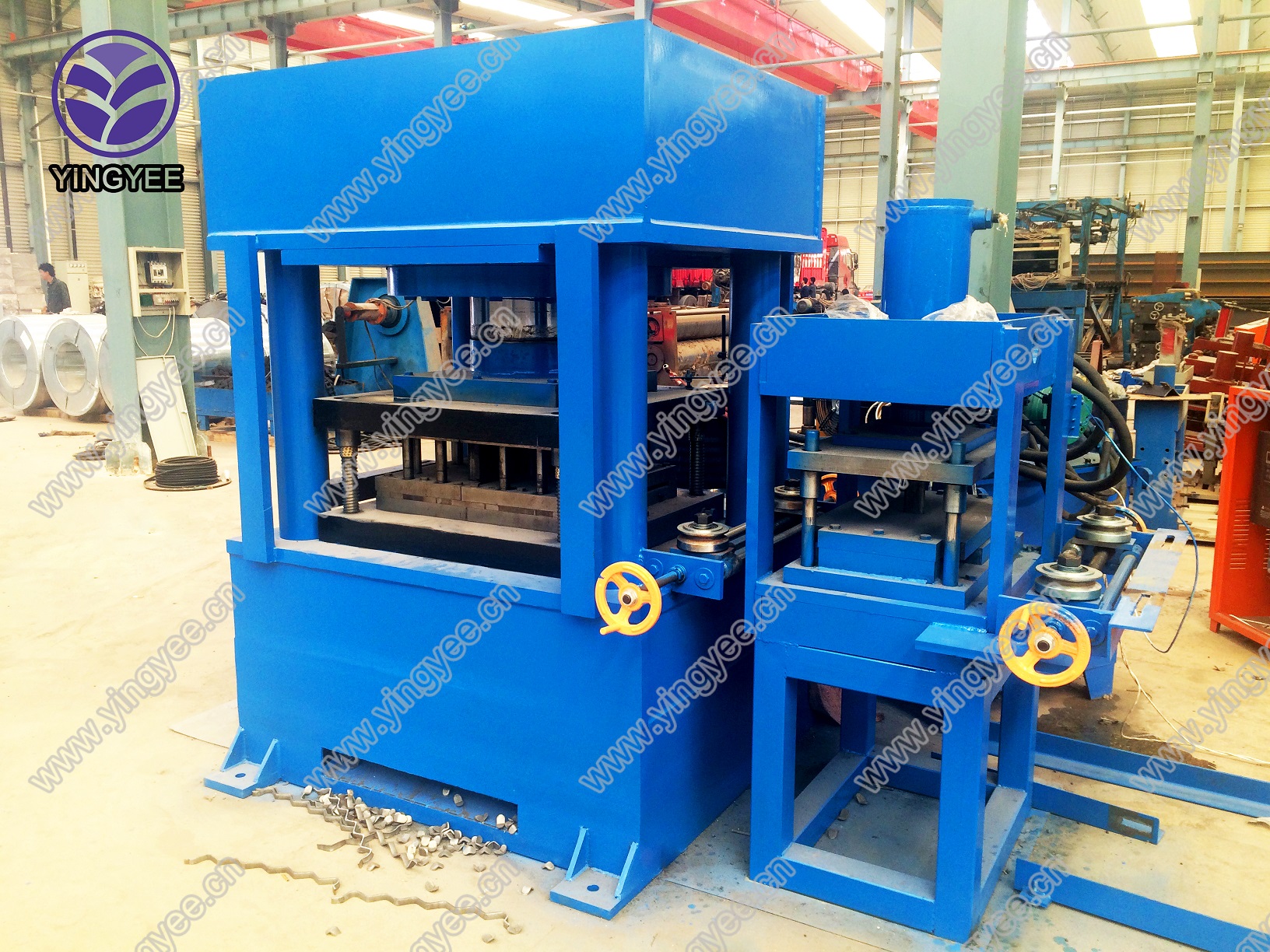
Understanding Stud and Track Keel Roll Forming A Comprehensive Overview
Roll forming is a widely used manufacturing process that involves continuous bending of a long strip of metal, usually steel, into desired cross-sectional shapes. One of the popular applications of roll forming is in the production of stud and track components which play a crucial role in the construction industry, specifically in the framing of walls and ceilings. This article delves into the process of stud and track keel roll forming, its significance, and some of the benefits it offers.
What are Studs and Tracks?
In the context of construction, “studs” are vertical framing members, while “tracks” are horizontal support pieces. Together, they form the skeleton of walls and ceilings in both residential and commercial buildings. Studs and tracks can be made from various materials, with steel being the most common due to its strength, durability, and versatility. These components are key in providing structural support, enabling the installation of insulation, plumbing, and electrical systems.
The Roll Forming Process
The roll forming process for studs and tracks begins with a flat metal sheet, usually galvanized steel or another corrosion-resistant alloy. The metal is fed through a series of rolls that gradually shape it into the desired profile. The roll forming machine achieves this by using a set of rotating rollers that incrementally bend the metal into specific angles while maintaining the integrity of the material.
1. Design and Tooling The first step in any roll forming project is designing the profile of the stud and track. This involves careful consideration of the dimensions, thickness, and overall shape. Once the design is finalized, custom roll tooling is created to facilitate the manufacturing process.
2. Material Feeding The flat steel sheet is uncoiled and fed into the roll forming machine. It is important that the feed is precise to ensure the final product meets the required specifications.
3. Roll Forming Operation The metal sheet passes through multiple sets of rollers, each progressively shaping the metal. The process is continuous, allowing for high production rates. Depending on the complexity of the profile, some roll forming operations might also include additional processes like punching or cutting.
4. Quality Control After the roll forming is complete, finished studs and tracks undergo rigorous quality control checks. This ensures that they meet all necessary standards and specifications for strength, dimensional accuracy, and surface finish.

Advantages of Stud and Track Roll Forming
The stud and track keel roll forming process offers several advantages over traditional framing methods
- Efficiency The continuous nature of roll forming allows for high-volume production, significantly reducing manufacturing lead times.
- Consistency Automated machinery ensures uniformity in size and shape, which leads to easier assembly and better structural integrity in construction.
- Cost-Effectiveness Although initial tooling costs can be high, the overall savings in material waste and labor make roll forming a cost-effective option in the long run.
- Versatility Roll forming can accommodate various metals and designs, making it suitable for different types of building applications. It’s also adaptable for custom projects.
- Sustainability Steel is a recyclable material, and using roll forming minimizes waste, supporting a more sustainable approach to building.
Conclusion
Stud and track keel roll forming is an essential process in the manufacturing of modern construction materials. With its efficiency, cost-effectiveness, and superior quality control, it has become the preferred method for producing framing components in the construction industry. As construction technologies evolve, the demand for reliable stud and track components will continue to grow, making understanding this process increasingly important for industry stakeholders. The future of construction lies in innovations like roll forming that enhance productivity and sustainability while meeting the diverse needs of the market.